Charles Dickens at the Royal Pavilion
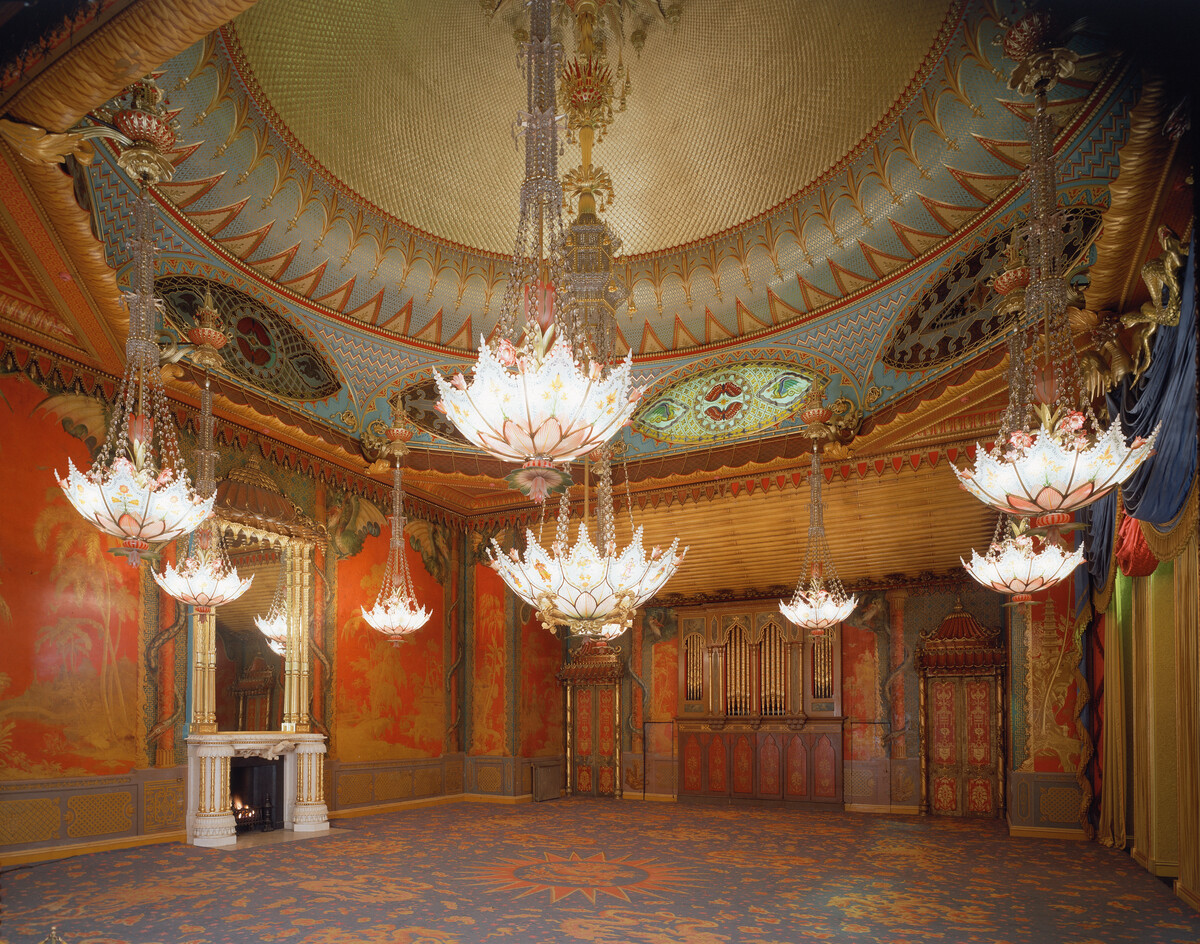
On 9th November 1861, Charles Dickens came to the Royal Pavilion to give a public reading in the beautiful setting of the Music Room. The Brighton Gazette reported that he sent ‘a charge of emotion through the whole audience.’
It is a thrilling (if slightly daunting) prospect that I will be coming to recreate such an event in the same room a mere 156 years later. I’ll be performing A Christmas Carol as the author himself on 13th and 14th December.
Dickens loved Brighton and was a frequent visitor for holidays as well as public performances. He also set parts of Barnaby Rudge, Bleak House and Dombey & Son there.
Now, while I am all for authenticity, and have tried my best to imitate Dickens’ style of dress, the set he toured, the gestures he favoured and even the script that he used, there is one point at which I should draw the line – preparation. This is how Dickens prepared for a reading: two tablespoons of rum mixed with cream for breakfast, a pint of champagne for tea and, half an hour before he went on stage, a glass of sherry with a raw egg beaten into it!
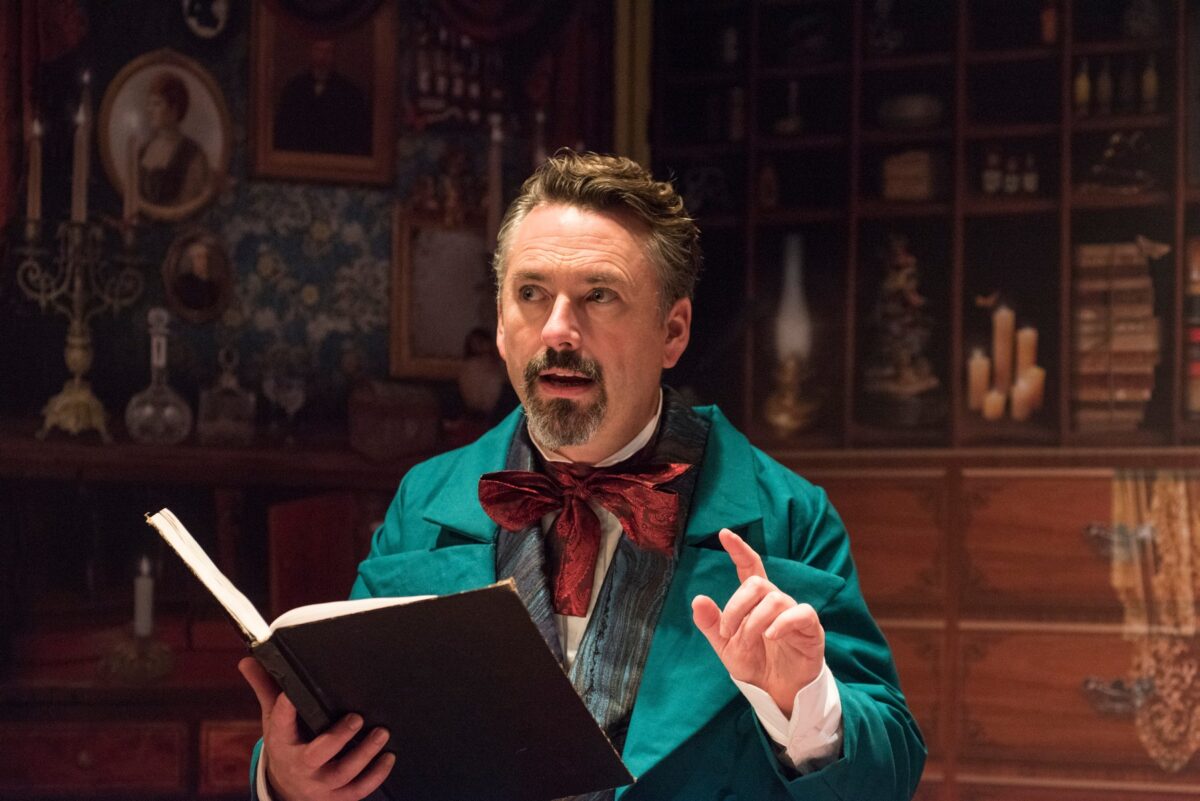
I must confess to some Dickens associations of my own. I live in a town called Rochester in Kent which happens to be where Dickens grew up and felt happiest. He set many of his novels there including Great Expectations and later ended his days at Gad’s Hill Place, just outside Rochester. I’ve been running a touring theatre company there for the last 16 years based at a local theatre.
One balmy summer afternoon a couple of years ago, the manager of this theatre called me into her office. ‘Do you have any ideas for Christmas shows?’ she said. ‘I need something in the studio’. While they had a pantomime in the main house, the studio’s alternative Christmas show had been cancelled and there was now a yawning gap in the December schedule. Panto is rightfully very popular (and Dickens himself was a fan) but it is not everyone’s cup of tea and December is usually a barren time for regular theatregoers.
Racking my brains for an idea, I found myself saying:
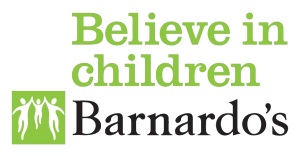
I knew that Dickens had toured all over the world with these readings and been phenomenally successful. The Manager thought it a brilliant idea and we talked excitedly. Half an hour later, I seemed to have committed not only to producing this show but to appearing in it as well. I left feeling dazed and a little apprehensive but convinced it was a good idea…
Skip forward a couple of years and we’ve now performed this production all over the UK with the help of Arts Council England and in support of the children’s charity Barnardo’s. We tend to think of child poverty as being a Victorian problem but Barnardo’s estimate that there are 3.7 million children living in poverty in the UK today. In these times of austerity, Dickens’s story is as relevant and important as it has ever been.
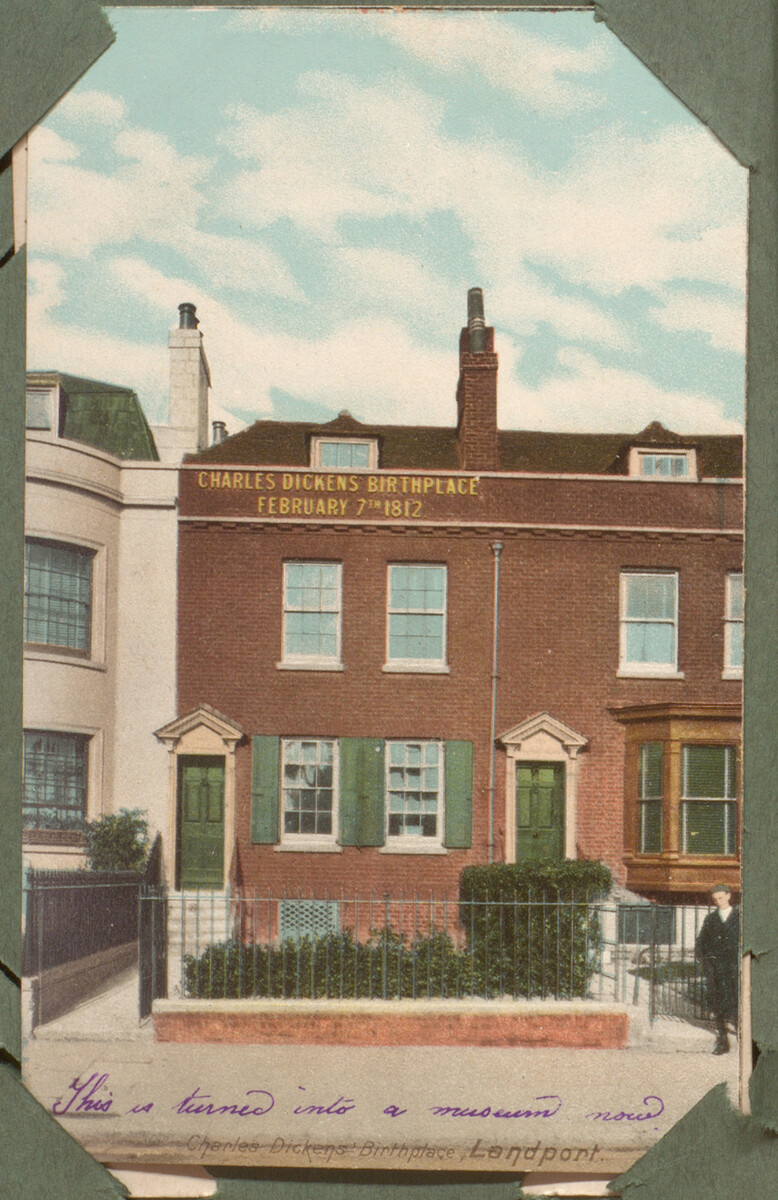
Dickens charity readings
Dickens first read A Christmas Carol publicly at Birmingham Town Hall on 27th December 1853 to raise funds for an adult education centre in the city. ‘The success was most wonderful and prodigious – perfectly overwhelming and astounding altogether,’ he reported after the first night.
From 1853 to 1858, he gave a handful of charity readings (usually of the Carol) but always declined a fee. However, in 1858 he decided to accept paid readings and from then until his death in 1870, gave over 400 performances in Britain, Ireland, France and America. The reading tours eventually earned him more money than all of his novels put together.
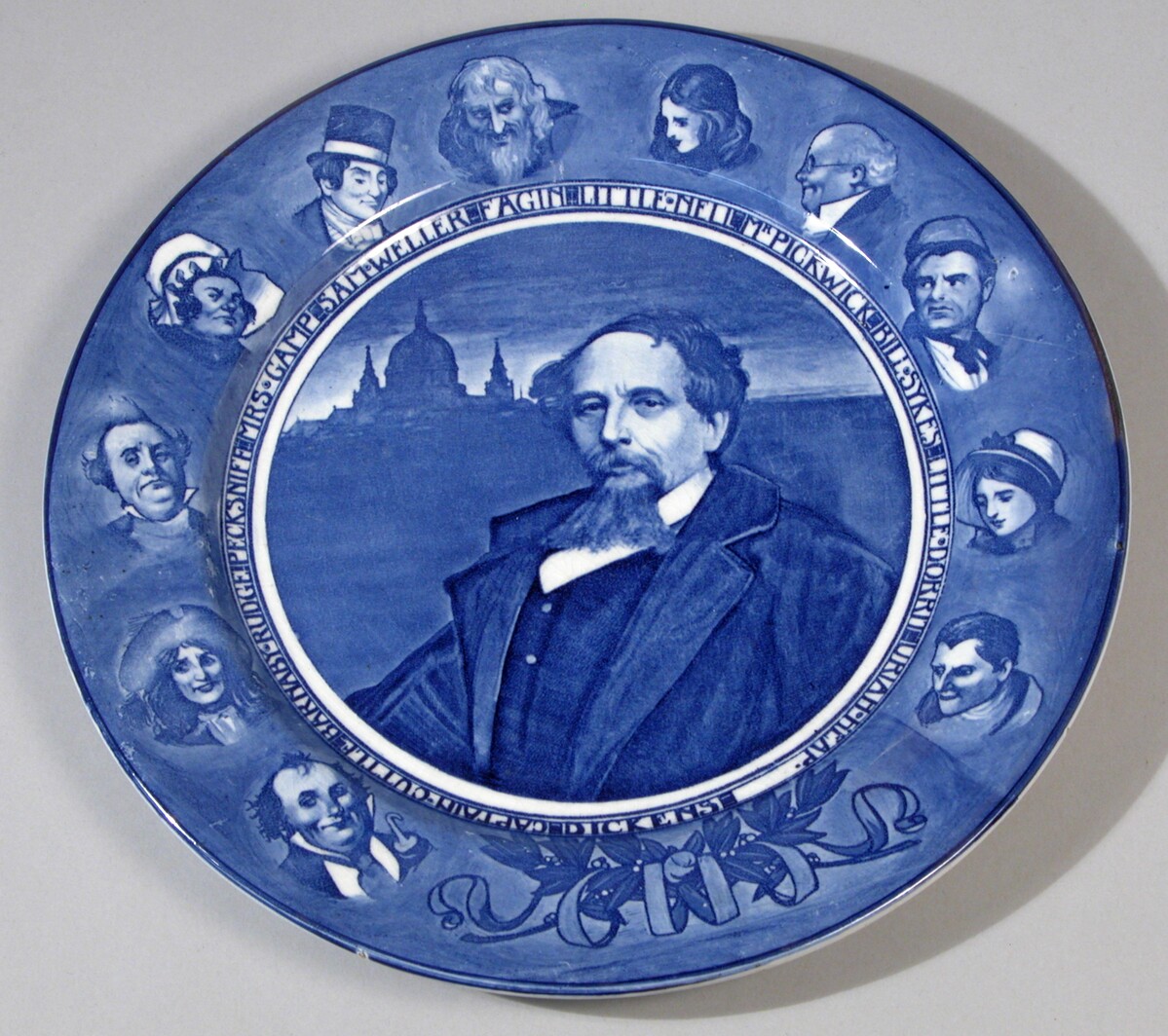
Turning professional
His initial reasons for turning professional and touring for profit were that he had ten children to support and had depleted his finances by buying Gad’s Hill Place in Kent. However, he was also deeply unhappy in his marriage and had recently become infatuated with a young actress called Ellen Ternan. Just two weeks after his professional debut in London on 29th April 1858, his marriage to Catherine broke up.
Aside from the financial and emotional considerations, Dickens loved communicating directly with his audience and their affection and admiration became addictive. He had nearly become a professional actor at the age of 20 and never stopped hankering for the footlights. However, it is one thing to want to be an actor and quite another to be able to hold the attention of 2000 people for two hours. By all contemporary accounts, Dickens was an astonishing performer. Far from ‘reading’ the stories, he learned them, rehearsed them and turned them into an acting tour de force.
The great critic and philosopher Thomas Carlyle said ‘I had no conception before hearing Dickens read, of what capacities lie in the human face and voice. No theatre stage could have had more players than seemed to flit about his face, and all tones were present.’
The greatest actor of the mid-19th Century, W.C. Macready said that Dickens’ reading was the equivalent of his playing ‘two Macbeths’ in his ‘best days’. He had a magnetic stage presence, riveting eyes, an expressive voice and wonderful powers of characterisation.
As one reviewer put it: ‘It can honestly be said that Mr Dickens is the greatest reader of the greatest writer of the age.’
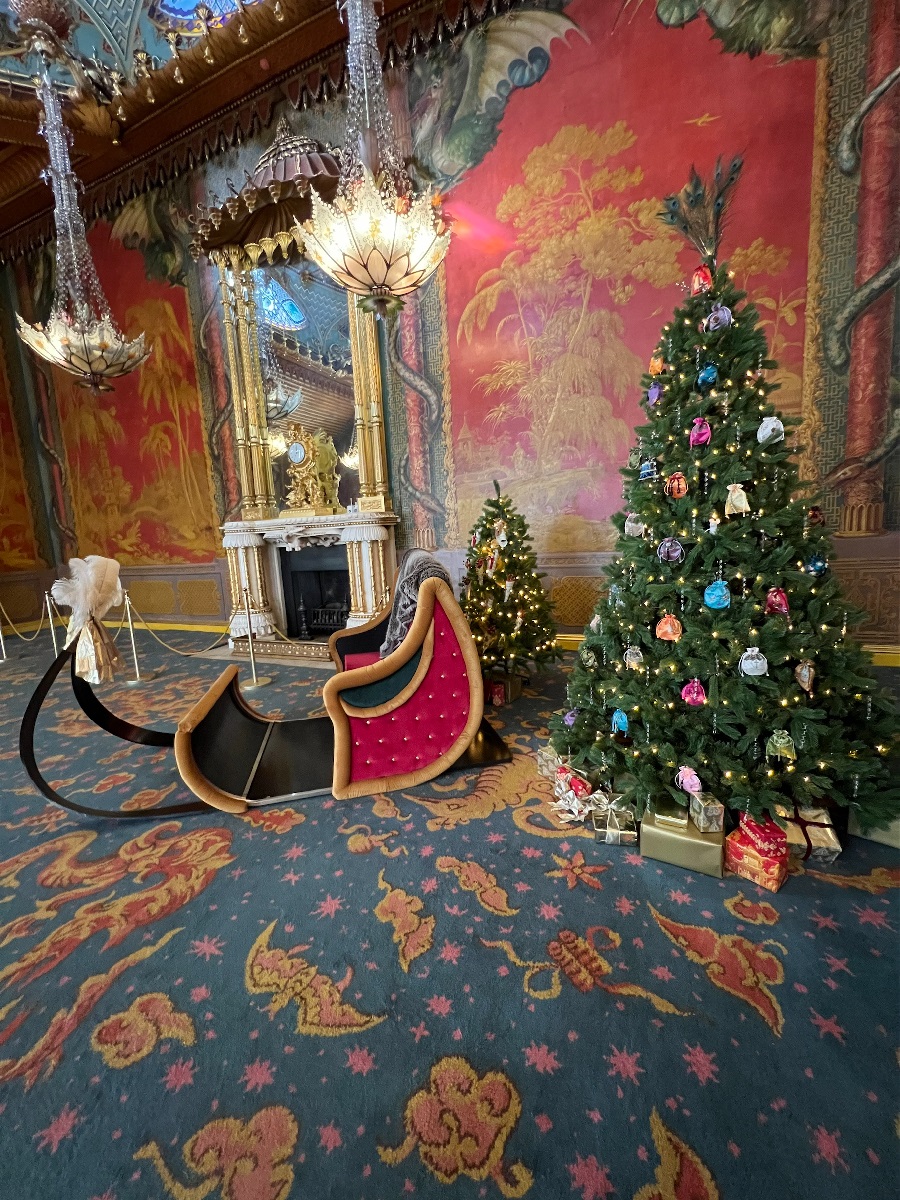
A Christmas Carol
A Christmas Carol proved to be Dickens’ last public reading in March 1870, just three months before he died. The applause at the end was overwhelming. Holding up his hand to silence it, Dickens said ‘From these garish lights I vanish now forevermore, with a heartfelt, grateful, respectful and affectionate farewell.’
What must it have been like to have been in the audience at one of those performances? Well, this Christmas I will try and give you an idea in the beautiful, historic setting of the Music Room at the Royal Pavilion. I hope you will come and enjoy a seasonal treat in the spirit of Christmas past, present and future…